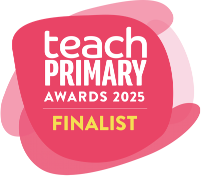Time in Year 1

National Curriculum targets for time in Year 1 are:
1M4a tell the time to the hour and half past the hour and draw the hands on a clock face to show these times
1M4b sequence events in chronological order using language (e.g. before and after, next, first, today, yesterday, tomorrow, morning, afternoon, evening)
1M4c recognise and use language relating to dates, including days of the week, weeks, months and years
We have a great selection of resources covering all aspects of time including categories on:
Dates
This is all about the vocabulary children need to know, including the days of the week, months of the year and the seasons. Other periods of time also need to be understood such as: morning, afternoon, evening, night, midday, midnight, weekend, yesterday and tomorrow. Asking children when certain activities happen e.g. when do we eat breakfast, when do we come home from school etc. helps with this.
Comparing time
Our Year 1 resources cover comparing time and sequencing events in chronological order using a variety of language including:
before and after, now, soon, early, late etc.
Children should also be gaining an understanding about how long periods of time are. What can they do in a given time, measured in seconds or minutes or hours? One of my favourite pages is the ‘One minute’ page, which sets various tasks taking one minute each.
Telling the time
Perhaps the key outcome in Year 1 is to learn to tell the time to the hour and to the half hour on an analogue clock. Plenty of practical work is needed here and one of the best resources is a large clock face where the hands can be moved round to show different times. The analogue clock face is also a great way to show time moving. However, it is important to remember that most of the clocks children have access to today use digital time and they will probably be more familiar with half past nine being shown as 09:30, which can also be read as nine thirty or thirty minutes past nine.
Trains and boats and planes
A fun set of resources providing practical exercises using clock faces.
Children are asked to draw the hands on clocks to match the times of trains, boats and planes, written in words.
